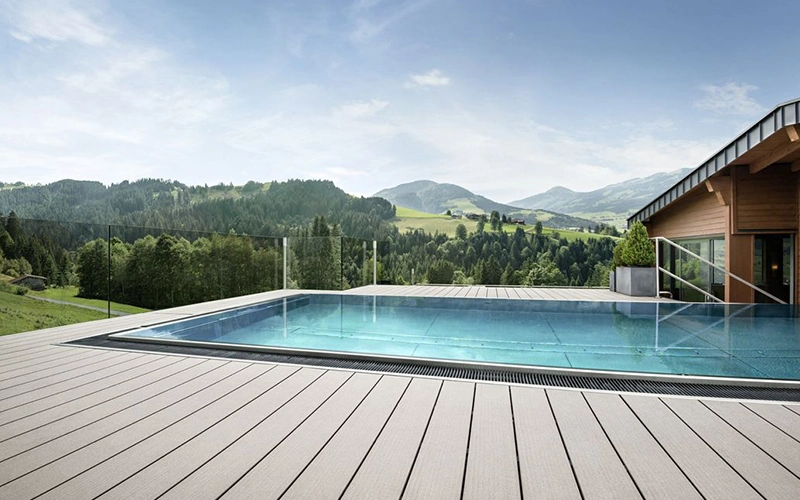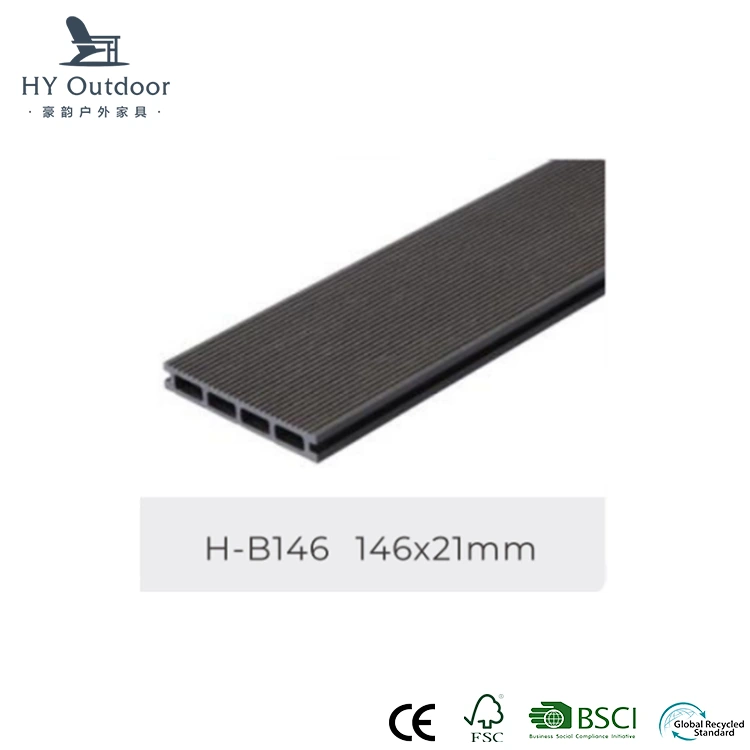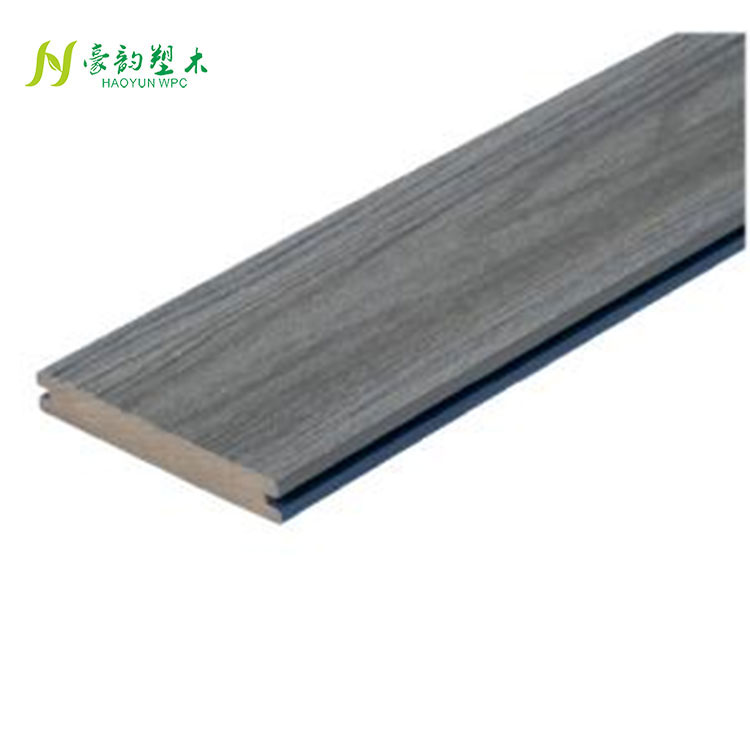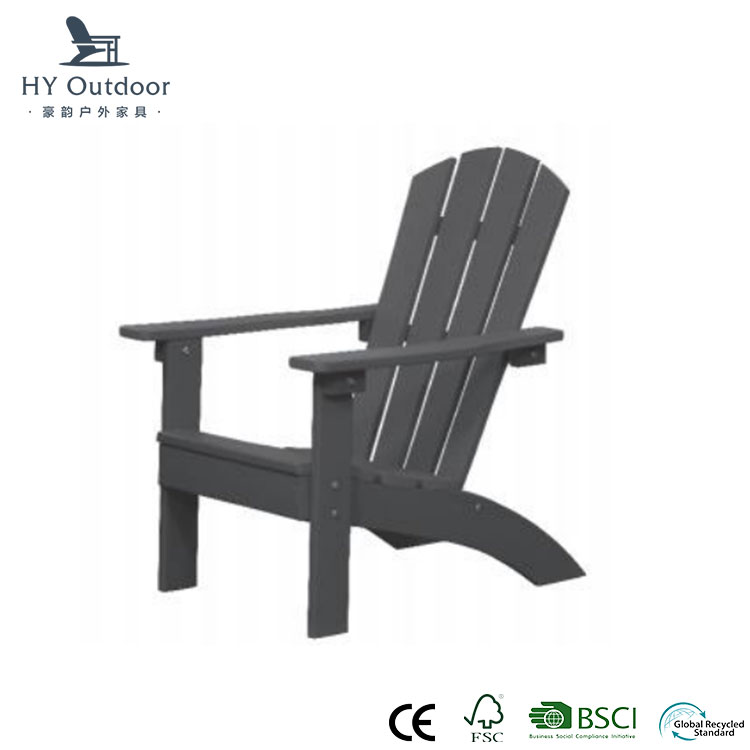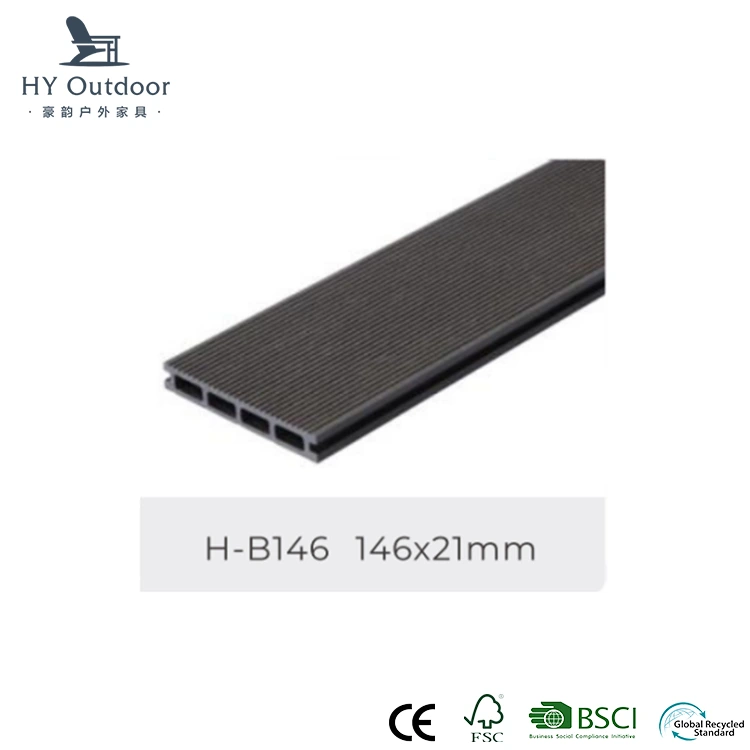When comparing Wood-Plastic Composites (WPC) with traditional wood products, there are several key factors to consider. Here are some comparisons based on various attributes:
1. Durability
WPC: Highly durable; resistant to moisture, rot, and pests. It does not splinter, warp, or crack easily.
Wood: Prone to rot, insect damage (e.g., termites), warping, and splintering, especially if not properly treated or maintained.
2. Maintenance
WPC: Requires low maintenance; typically needs only occasional cleaning with soap and water. No need for staining or sealing.
Wood: Requires regular maintenance, including periodic staining, sealing, and painting to prevent deterioration and maintain appearance.
3. Environmental Impact
WPC: Often made from recycled materials (wood fibers and plastics), which helps reduce waste. Many WPC products are also recyclable.
Wood: Can be sustainable if sourced from responsibly managed forests, but some wood products contribute to deforestation. The environmental impact varies based on the type of wood and sourcing practices.
4. Appearance
WPC: Can mimic the look of natural wood and is available in various colors and finishes. However, it may not have the same natural grain patterns as wood.
Wood: Offers natural beauty, unique grain patterns, and a warm aesthetic that many find appealing. Each piece of wood has its individual characteristics.
5. Cost
WPC: Typically has a higher initial cost than low-quality wood options, but savings on maintenance can make it cost-effective over time.
Wood: Initial costs can vary widely. While cheaper options exist, high-quality wood can be expensive, and ongoing maintenance costs add up over time.
6. Installation
WPC: Generally easier to install, often using hidden fasteners and requiring less specialized knowledge. Fewer concerns about expansion and contraction.
Wood: Installation can be complex, especially with hardwoods. Requires careful handling to avoid damage, and expansion/contraction can be an issue in certain climates.
7. Safety
WPC: Many WPC products have slip-resistant surfaces, making them safer for wet environments (e.g., decks, pool areas).
Wood: Can be slippery when wet, and splintering can pose safety hazards, especially for bare feet.
8. Thermal Performance
WPC: Typically has better thermal stability, meaning it’s less affected by temperature changes and does not expand or contract as much as wood.
Wood: Prone to expand and contract with temperature and humidity fluctuations, which can lead to warping and cracking over time.

